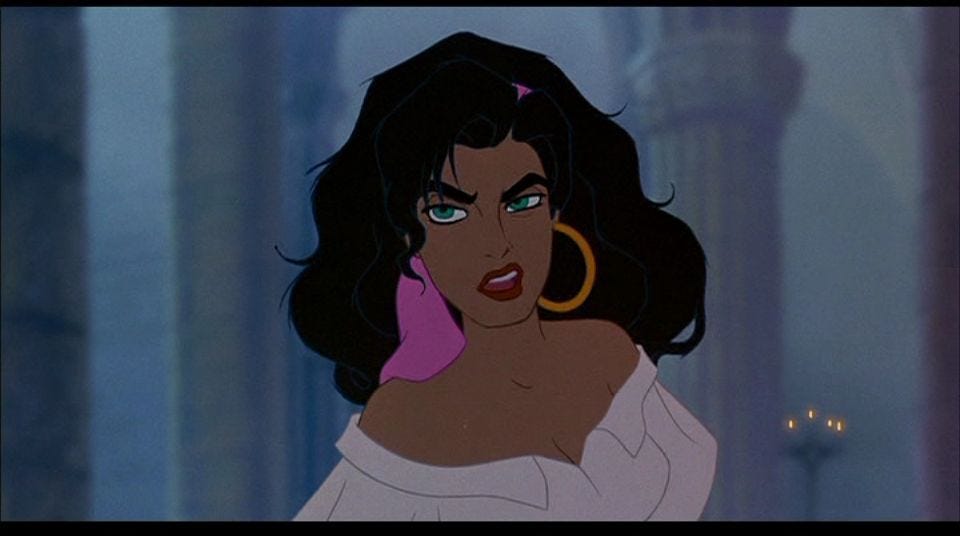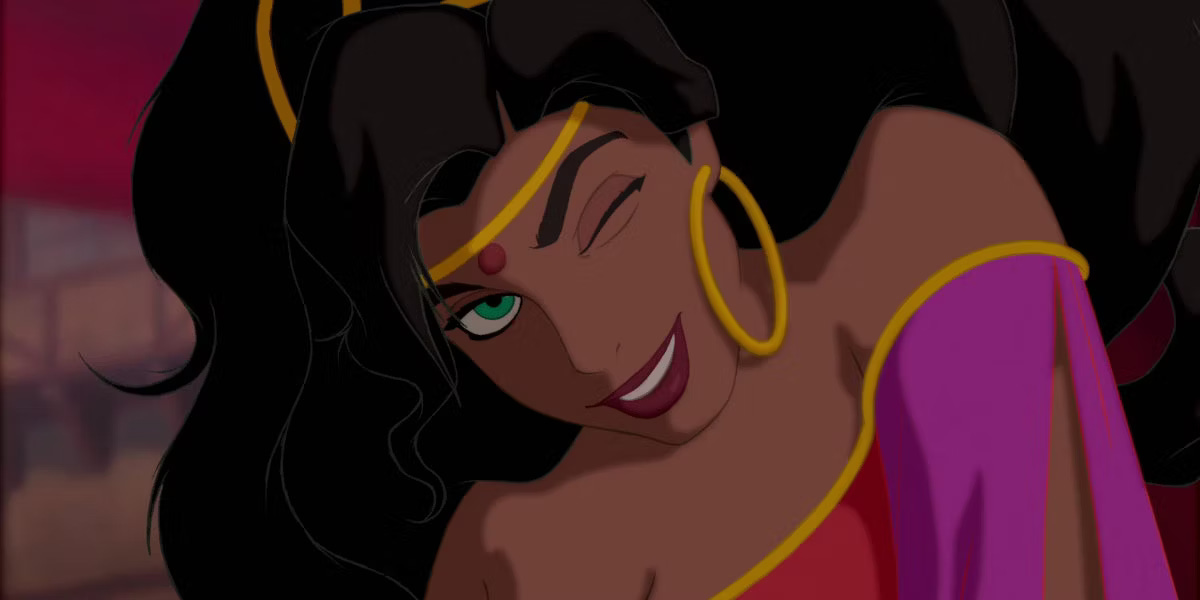
The phrase “Gaslight, Gatekeep, Girlboss” has had such an interesting semantic history just from the past decade alone. A parody of the iconic influencer phrase “Live, Laugh, Love,” the former phrase aims to empower women by whatever means necessary, even if the actions are less than savory or even acceptable.
Originally from Sophia Amoruso’s 2015 book #Girlboss, the idea of a girlboss was first introduced and glamorized as being a strong, independent woman, oftentimes CEO’s or women making waves in male-dominated workspaces.
The problem with the idea of Girlbossing stems from how it co-opts feminism and is oftentimes a pretty, feminine label to disguise a toxic workplace environment or abusive sourcing practices.
What began as an inspirational turn of phrase transformed into a bitter sentiment of power abuse specifically tied to capitalist white female empowerment in America.
Accountability seems to be lacking when the push for women-led anything allows advocates to turn a blind eye to the problematic structure or implementation of a female run business.
Girlboss is the floral sticker placed on top of the toxic vat that is gatekeeping and gaslighting.
Now how does the 1996 animated character Esmerelda relate to this meme of a phrase?
As an appreciation for the positive parts of this phrase in its windy history, Esmerelda is everything good about this phrase when it was good— which now comes down to the final word: she is a girlboss.
She is a girlboss in spite of being gaslighted and gatekeeped by Judge Frollo, and she is a wonderful reclaiming and embodiment of the word that has been used to empower and now discriminate against women.
Esmerelda: Main girlboss, queen of the moment.
[Here’s an earlier newsletter I wrote on the full movie The Hunchback of Notre Dame. And then some~]
Identity
Esmerelda is a beautiful gypsy woman, her dark skin and even darker hair a vivid contrast to the pale patrons of Notre Dame.
She is a Gypsy of the Roma people who were often exiled and deported by the countries they traveled in but claimed no allegiance to. She represents the migratory disposition of her people as well as the street peddling and public performances that were expected of migratory peoples passing through.
More than just a metaphor likened to the immigrant people and diasporic people of today, Esmerelda is one of them. The awkward thing being how her status in society is easily thwarted by her beauty and charm, something that shouldn’t be used to classify or objectify people to.
Gypsy is the derogatory term for the Itinerant Romas of northern Indian, and while the connotation has traces of the abuse and neglect their peoples have faced, it has become a common colloquial term for traveling people.
Esmerelda recognizes her own status as an outcast and she pleads with god to help those who need it most, the very people who need His guidance the most. She is rightfully angry at those who abuse power and that anger translates a little to her prayer, but in the end of her song, she becomes submissive, asking for help from the only one who can help them and putting her faith in the ideal that justice always prevails.
She isn’t revolting against those in power for clout; she is doing it because she is one of the oppressed peoples, though she doesn’t necessarily look it or accept it as they often do. Better than a social justice warrior and a beacon of hope to stand against those who seek to do harm: Esmerelda has a heart of gold to match Quasimodo but with the utter confidence and thick skin he’s been working on from day one.
Character Design
Esmerelda is beautiful. That has absolutely nothing to do with my taste in women and everything to do with her character design.
Long, voluminous raven hair framing her emerald eyes and a subtly strong jaw. A sharp nose above moody and sarcastic lips is the tip of the iceberg; her movements are fluid and feminine and the shape of her body throws all the men she meets into physical angst.
In a sense, this entire story is about how three different men (Quasimodo, Phoebus, and the bitch Frollo) lust after her and how they end up vying for her attention. She is designed to be the temptress in her body and the beauty she effortlessly wears, but that is not the persona she gives off.
It’s easy enough to brand her a temptress and spit on that image, as Frollo attempts to do in his melodramatic bitching in Hellfire, but that is how everyone sees her, not how she sees herself. She is just Esmerelda of the Gypsies, acrobatic street performer and beauty to behold.
The men claim her as coquettish and spurnful of their desires, while she simply exists and has to navigate the turmoil of their uncontrolled emotions and live in a Paris controlled by them.
If she were…of a paler complexion, she’d be a martyr with a teary-eyed plot and the men would salivate over the thought of preserving such innocence and purity represented on her porcelain skin. Having skin kissed by the sun strips her of that Mary Sue identity, makes her something that is to be coveted but not admired— lusted after, not loved (though Quasi and Phoebus often do the latter, I have a soft conviction that the Victor Hugo novel is less kind on our heroes).
Esmerelda is a martyr, but not to the people who desire her. Her white shift as she’s tied to a burning pyre is the death of all those innocent that Frollo has wrongfully punished in the name of his god. The (hell)fire licks up the kindling and burns away sins, but for who is the real question of it.
Character Arc

At the core of Esmerelda, she is kind. Beautiful inside and out.
We see this kindness when she is the only person in all the Festival of Fools to help Quasimodo. When she sings to god to help the outcasts while she is being held hostage in the cathedral. When she is holding onto Quasi after he is struck from the bell tower despite being vulnerable to Frollo’s attacks herself.
Throughout the film, Esmerelda’s kindness doesn’t change and is a core driving force in her actions. Though a static character in this sense, she is the steadfast kindness and confidence that Quasimodo has, but doesn’t know how to share with the world, almost a foil to his timid self.
She is many things he is not: calm, confident, rebellious against Frollo. She shows Quasi that he doesn’t have to take the abuse and this is a lesson he would have never learned if left to his own devices.
At the beginning, she has a playful air about her, scamming the soldiers with her goat and freeing some well-deserved coins from their wallets. She dances at the Festival and puts on a wonderful performance as she escapes from Frollo’s henchmen. Things take a dark turn when Frollo’s lust and greed force her into hiding and her already mature attitude about everything replaces the vibrancy she carried around with herself. Things are bleaker by the middle to end because of the citywide manhunt for her and she tries to stay safe but to no avail.
The silliness of the beginning is completely wiped away to reveal the underbelly of the story, the festering plot pushed forward by Frollo’s cretinous desires. Everyone is affected by this, but seeing as Esmerelda is the true target of his advances, she can no longer put on the bravado and live life as freely as she once did. Things were life and death before for her people, but now this is strictly targeted at her and while she is familiar with the rearing head of danger, she is not above it.
Despite the world conspiring against her, Esmerelda doesn’t allow the hate to take hold in her heart and she remains as kind and considerate until the very end. She has seen suffering and she has suffered. From one person to another, she has chosen to be kind in all that she faces, just like Quasimodo.
Female Empowerment/Sexualization
Esmerelda is strong and independent. She literally needs no man to save her, willing to die than to succumb to the wants of Frollo. She proves she is confident and capable on her own, but that power is revoked as she performs on a stage dominated by men like Frollo. Quasi and Phoebus work to keep her safe while she does a grand job of doing it on her own (they are actually the reason she gets caught oof yikes on bikes) and they come back to provide the brute strength to usurp Frollo’s cunning that her wits and charm could not.
In a sense, she is a femme fatale, a seductive woman who lures men into dangerous situations, but again she doesn’t do this knowingly. The men in this story are like sailors with the sirens: willingly throwing themselves into harm’s way for her without her asking and causing problems (ahemFrolloahem) despite her best attempts to keep those not involved out of it.
They make her into this stylized femme fatale because they don’t know anything about her save for her beauty and her charm and that immediately damns them for idolizing that image of her. We get to know her and her people as the story progresses, but the ball is now rolling and there is no escape from this trope.
Esmerelda is undoubtedly sexy, especially for an animated Disney film and ESPECIALLY for a WOC.
The next question that comes into play is whether or not she was created wholly for the male gaze, or is this their idea for how a strong woman is supposed to act and look like? Is she written for women or for the idea of a woman? What makes her someone that could be a role model?
By all accounts, Esmerelda acts like the strong, independent women we long to see in narratives.
Or do you think there’s an ulterior motive about her character? What are your thoughts on it?








